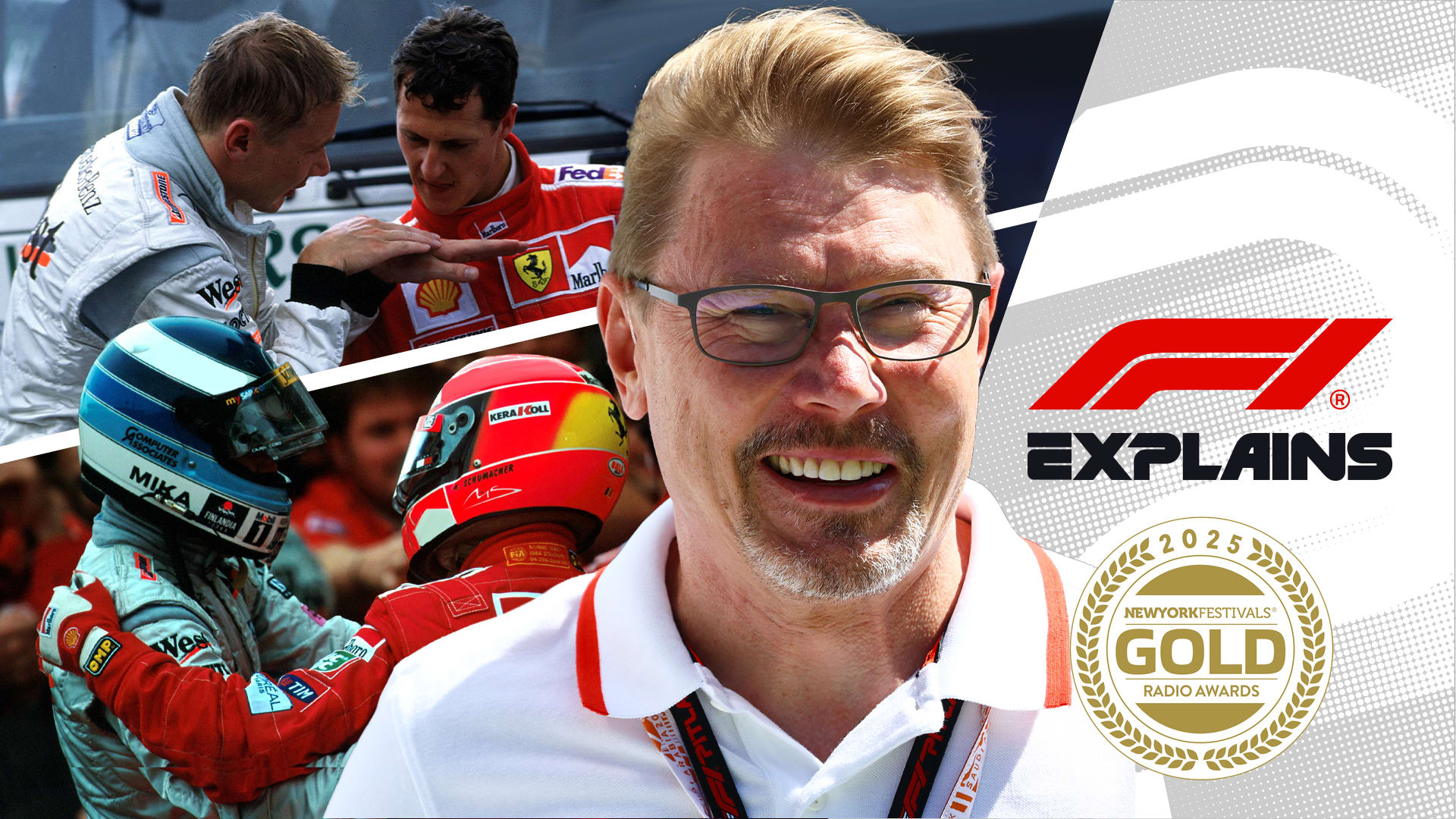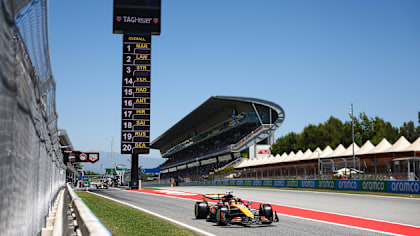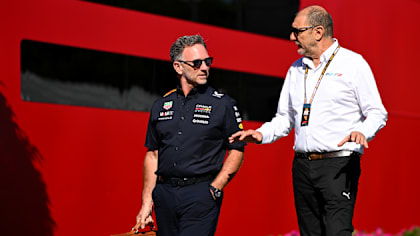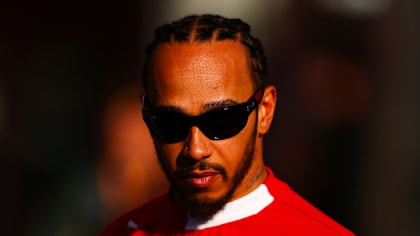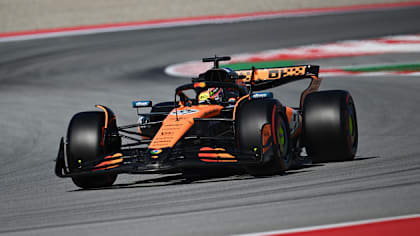)
30 May - 01 June
Feature
Forgotten F1 Friday drivers: Whatever happened to these FP1 guest runners?
Share
)
For over two decades Formula 1 teams have used Friday practice sessions to field non-race drivers, with new regulations in 2022 mandating the use of rookies during two practice sessions annually, a rule expanded to four sessions from 2025.
Several front-running stars have made their first Grand Prix weekend appearances in practice-only outings, such as Charles Leclerc with Haas, and George Russell with Force India – but so too have some drivers with more modest track records, or others who went on to greater accomplishments outside of Formula 1. Here’s what happened to some of them…
READ MORE: From record-breakers to underdog winners – 8 drivers who enjoyed success after leaving F1
Satoshi Motoyama – Jordan, 2003
Motoyama is among the most successful drivers in Japanese motorsport history, having won Super GT titles in 2003/04 and 2008, and Super Formula (then Formula Nippon) championships in 1998, 2001, 2003 and 2005.
Motoyama, already in his early 30s, had an outing for Jordan at Suzuka at the end of 2003, but that led nowhere long-term, while similarly nothing arose from a post-season test run for Renault. He continued racing in his native Japan into his 50s and only stepped away from Super GT full-time in 2021.
Ryan Briscoe – Toyota, 2004
Ricardo Zonta fulfilled third driver duties for Toyota in 2004 but when he stepped up to replace Cristiano da Matta mid-season, fellow tester Ryan Briscoe took his role. Briscoe, then the reigning European Formula 3 champion, participated in practice sessions at six Grands Prix for Toyota, most prominently coming to attention when a puncture caused a large accident in Belgium.
Briscoe was unable to land a seat in F1 for 2005 and instead diverted Stateside, taking eight IndyCar wins, an Indy 500 pole, and a best of third in the standings. He’s also been a dab hand in sportscars, with three Daytona 24 Hours class wins and an overall victory in 2020, and more recently he joined Prema’s fledgling IndyCar project as its Sporting Advisor.
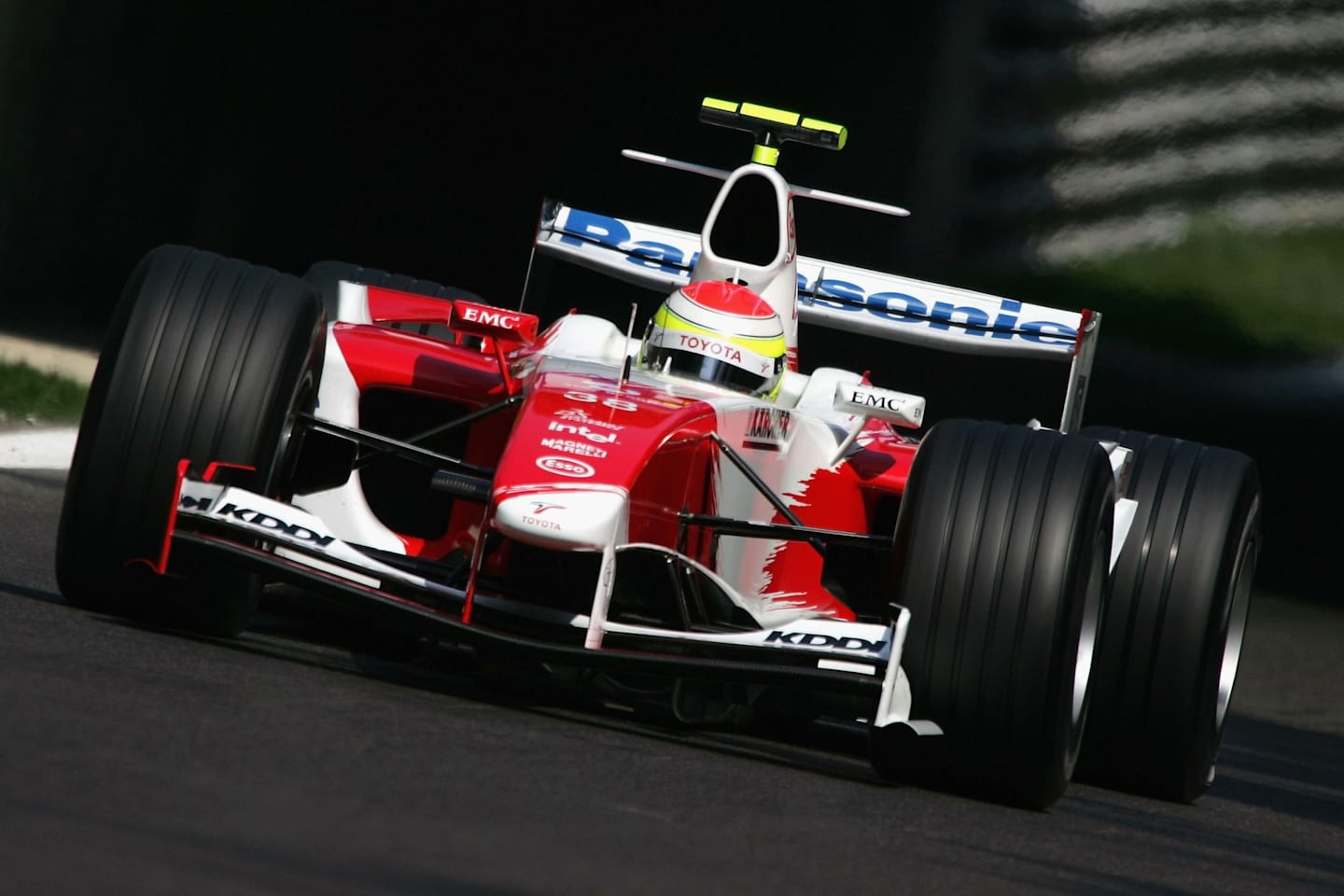
Ryan Briscoe in action for Toyota during the practice session for the Italian Grand Prix at Monza
Neel Jani – Toro Rosso, 2006
Minardi became Toro Rosso in 2006 after Red Bull bought the team and two-time GP2 Series winner Neel Jani was appointed as test driver. Jani drove the STR01 at each Grand Prix that season but a Formula 1 race chance never beckoned, and instead he moved to Champ Cars, before taking the A1GP crown for Switzerland in the short-lived series.
Jani embarked on a lengthy spell in sportscars and claimed the 2016 Le Mans 24 Hours and World Endurance Championship title with Porsche, and had a stint in Formula E. He nonetheless retains a link to Formula 1 to this day, having been signed as a simulator driver for Audi’s Formula 1 project mid-2023.
READ MORE: Audi announce new simulator driver as they take next step in F1 power unit development
Michael Ammermuller – Red Bull Racing, 2006
Ammermuller was part of Red Bull’s junior scheme during the company’s early years in Formula 1, and was shuffled up to its third driver when Robert Doornbos replaced the axed Christian Klien in late 2006.
Ammermuller drove the RB2 during free practice across the final three race weekends but a breakthrough never arose, and a wrist injury in 2007 led to a disrupted GP2 Series campaign and a crossroads.
He rejuvenated his career in GT competition and from 2012 became part of the Porsche Supercup championship, which supports Formula 1 Grands Prix, taking a hat-trick of titles across 2017-19.
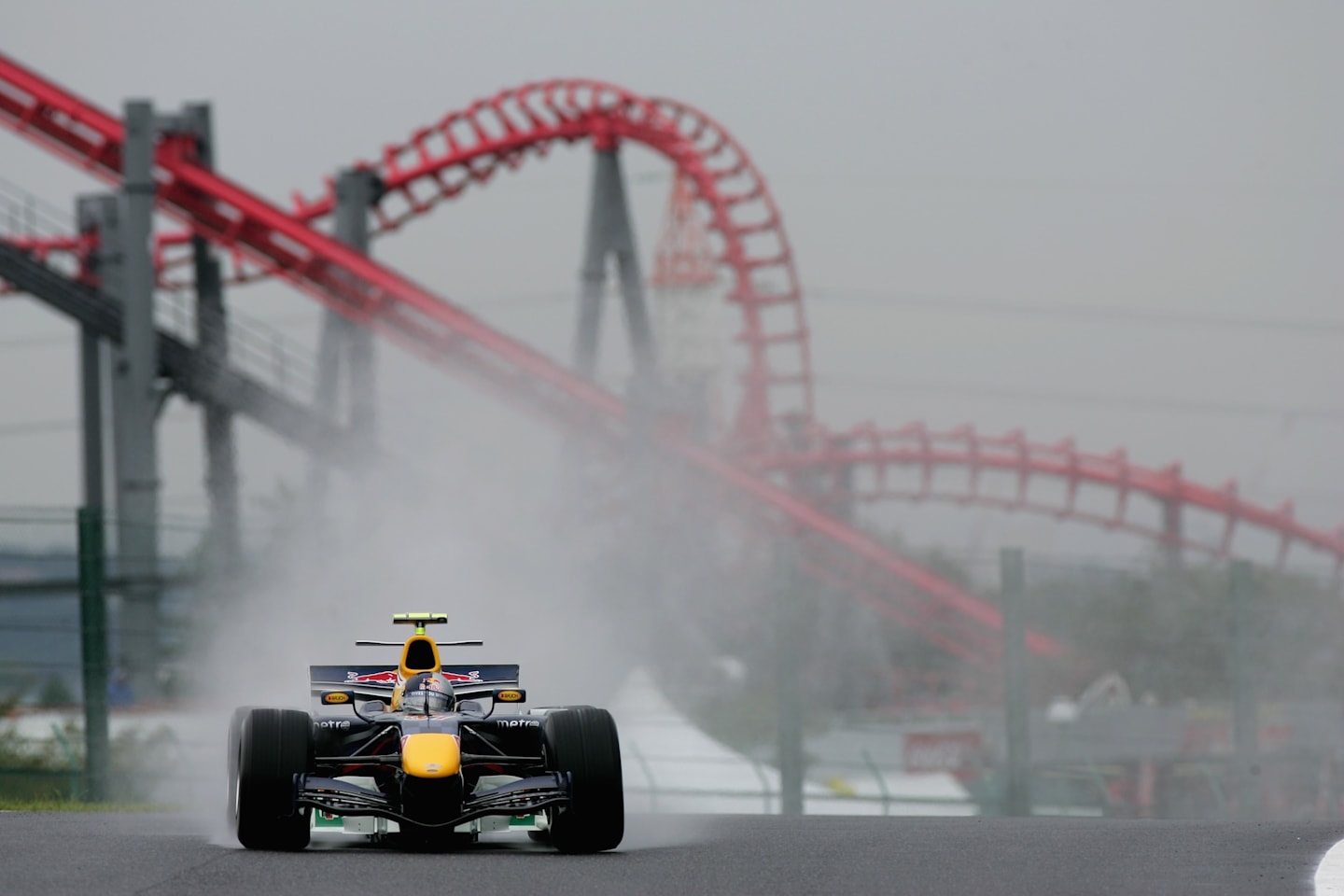
Michael Ammermuller driving the Red Bull in first practice for the Japanese Grand Prix at Suzuka in 2006
Fairuz Fauzy – Lotus Racing, 2010
Malaysian businessman Tony Fernandes was behind the birth of Lotus Racing – not affiliated with the original Lotus – in 2010, and compatriot Fairuz Fauzy was signed to a test driver role.
Fauzy, who had limited results in junior single-seaters, participated in five practice sessions through 2010 but the relationship fizzled out at the end of the year. He re-appeared briefly as a test driver for Renault but has since raced only sporadically in GT competition in Asia.
READ MORE: Key Lewis Hamilton questions answered as the seven-time champion moves to Ferrari
Luiz Razia – Lotus Racing, 2011
Razia joined Lotus Racing in 2011 and netted two practice outings, in China and on home soil in Brazil, but a so-so GP2 Series campaign stunted his prospects. He re-grouped and in 2012 finished runner-up in GP2 to Davide Valsecchi – who himself had entered a solitary practice session in 2011 for Lotus.
Valsecchi was unable to land a seat and took a reserve role at the other Lotus team while Razia signed up to race for backmarker Marussia, where he’d been on the books as a test driver under its Virgin Racing guise in 2010. But Razia never managed to race for Marussia – a funding shortfall meant he was axed a couple of weeks before the start of the season.
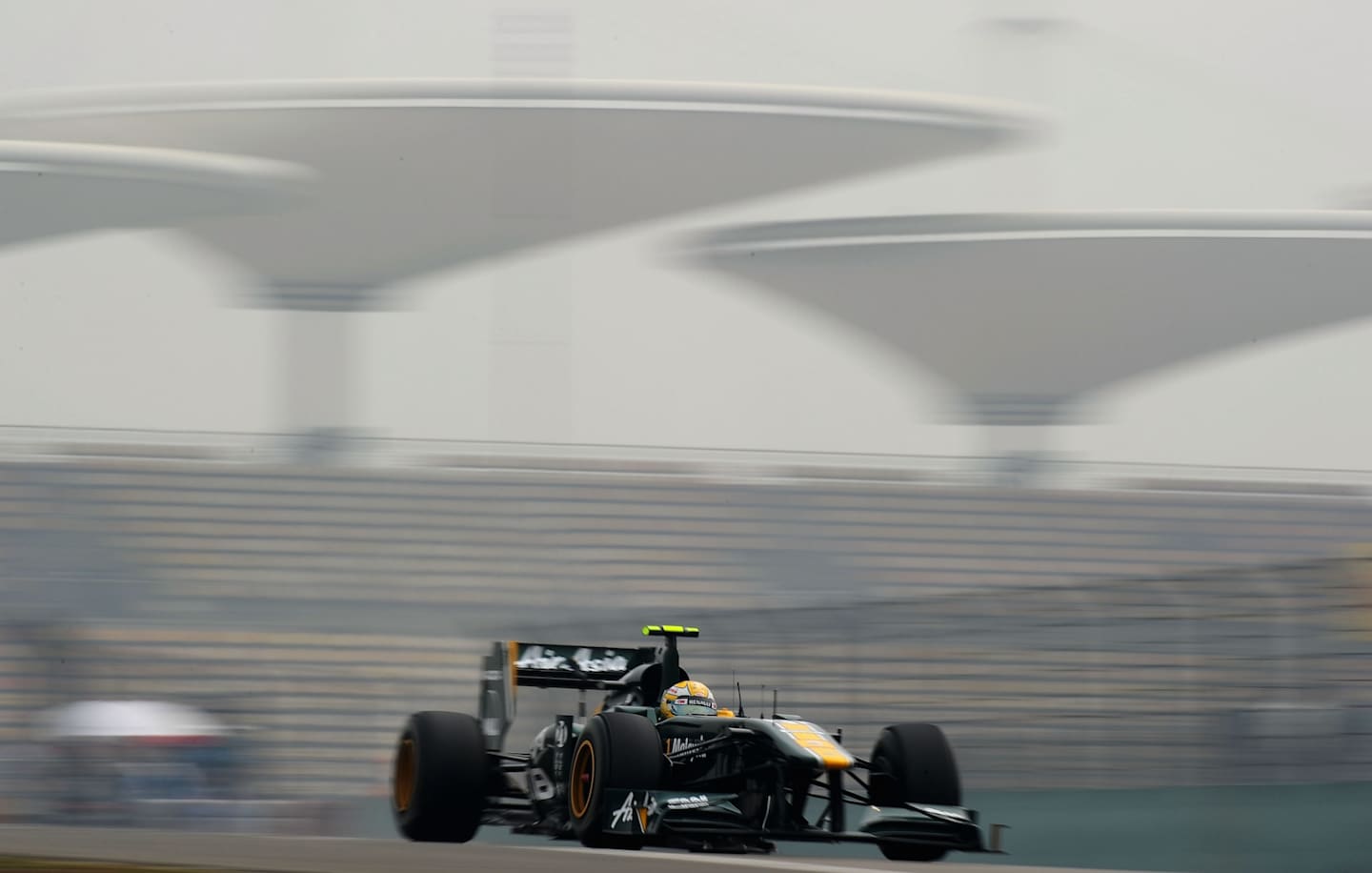
Luiz Razia behind the wheel of the Lotus on his first FP1 outing in China
Jan Charouz – HRT, 2011
HRT only lasted three years in Formula 1 and is probably best remembered for handing a race debut to Daniel Ricciardo in mid-2011. Ricciardo’s team mate for one session, Brazil’s opening practice, was Jan Charouz.
The Czech racer had fleetingly been on Renault’s books as a test driver and grew up in the motorsport world as his father, Antonin Charouz, founded the eponymous team which went on to take victories in FIA Formula 2 and FIA Formula 3.
But Charouz’s single-seater record was less than stellar, with a smattering of points finishes in Formula Renault 3.5. Still, he finished only six-tenths down on Ricciardo in his sole F1 session, albeit with the wayward HRTs five seconds off the pace.
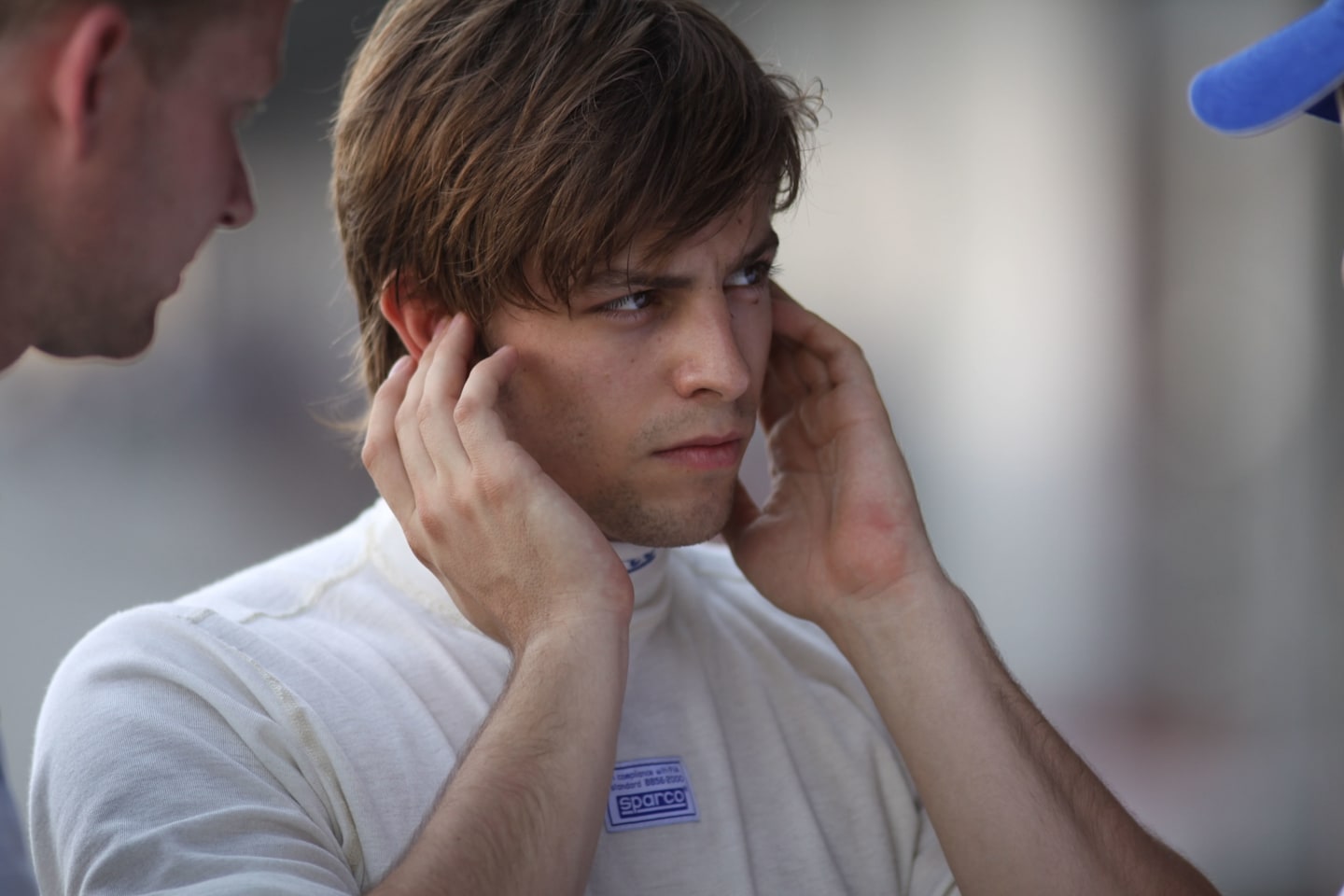
Jan Charouz had a brief flirtation with F1 in 2011
James Calado – Force India, 2013
Calado was a front-runner in the GP2 Series in 2012 and 2013, and that brought him to the attention of Force India, who signed him as their reserve driver in mid-2013. He had five FP1 outings across the second half of the year, but further Formula 1 opportunities were not forthcoming and he swiftly switched focus to sportscars, beginning a World Endurance Championship partnership in 2014 with Ferrari and AF Corse that continues to this day.
Calado claimed three titles including two Le Mans class victories, in LMGTE Pro, before joining Ferrari’s Hypercar project in 2023. Alongside ex-Alfa Romeo F1 racer Antonio Giovinazzi and Alessandro Pier Guidi, he also delivered Ferrari its first outright win at Le Mans since 1965.
Adderly Fong – Sauber, 2014
Three drivers made their practice debuts in the 2014 finale in Abu Dhabi. One of them was 18-year-old Esteban Ocon, who tested for Lotus, the second was Will Stevens, who drove for the returning Caterham team for what turned out to be their swansong.
The third, down at the struggling Sauber team, was Adderly Fong, whose career to that point had peaked with a solitary ninth place in a GP3 Series race the previous year. Fong finished the session ahead of Stevens – who was in the awful CT05 – though trailed regular Sauber driver Esteban Gutierrez by 1.7 seconds. Fong has since carved out his career in GT competition in Asia.
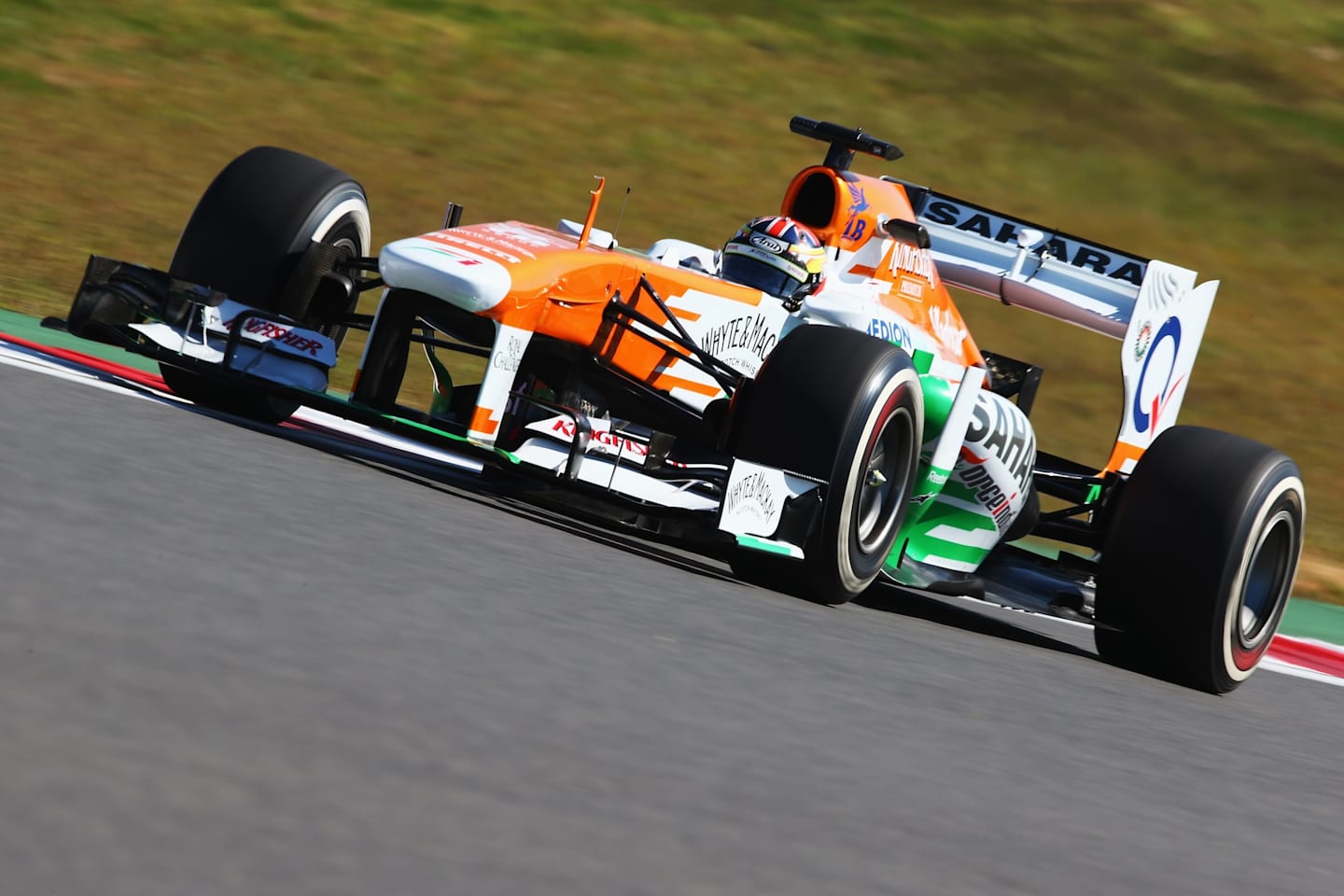
James Calado at the wheel of the Force India car at the Korean Grand Prix
Fabio Leimer – Manor Marussia, 2015
Fabio Leimer scored victory on his first weekend in the GP2 Series in 2010 but a tricky couple of years followed before the series properly clicked for him, and he clinched the title in 2013. But he found the pathway to Formula 1 was blocked, so instead he wound up with Rebellion in LMP1, where he endured a miserable campaign dogged by problems.
A proposed seat in Super Formula for 2015 fell through but mid-season he re-appeared as a reserve driver for the struggling Manor Marussia squad. Leimer participated in FP1 in Hungary but in the hopeless MR03B was 5.4 seconds off the pace, nine-tenths down on regular Will Stevens. He contested a handful of Ferrari Challenge Europe races in 2016/17 but since then has fallen off the radar.
Sean Gelael – Toro Rosso, 2017/18
Gelael was another driver with a modest single-seater track record – though he did twice climb onto the podium in GP2/Formula 2 before he linked up with Toro Rosso. While never a member of Red Bull’s driver academy, he took part in five practice sessions across 2017 and 2018 for the Faenza-based operation, and remained affiliated with the team by running the post-season test in 2019.
Gelael has since competed in sportscars, taking several class wins in World Endurance Championship as well as two class runner-up positions at Le Mans.
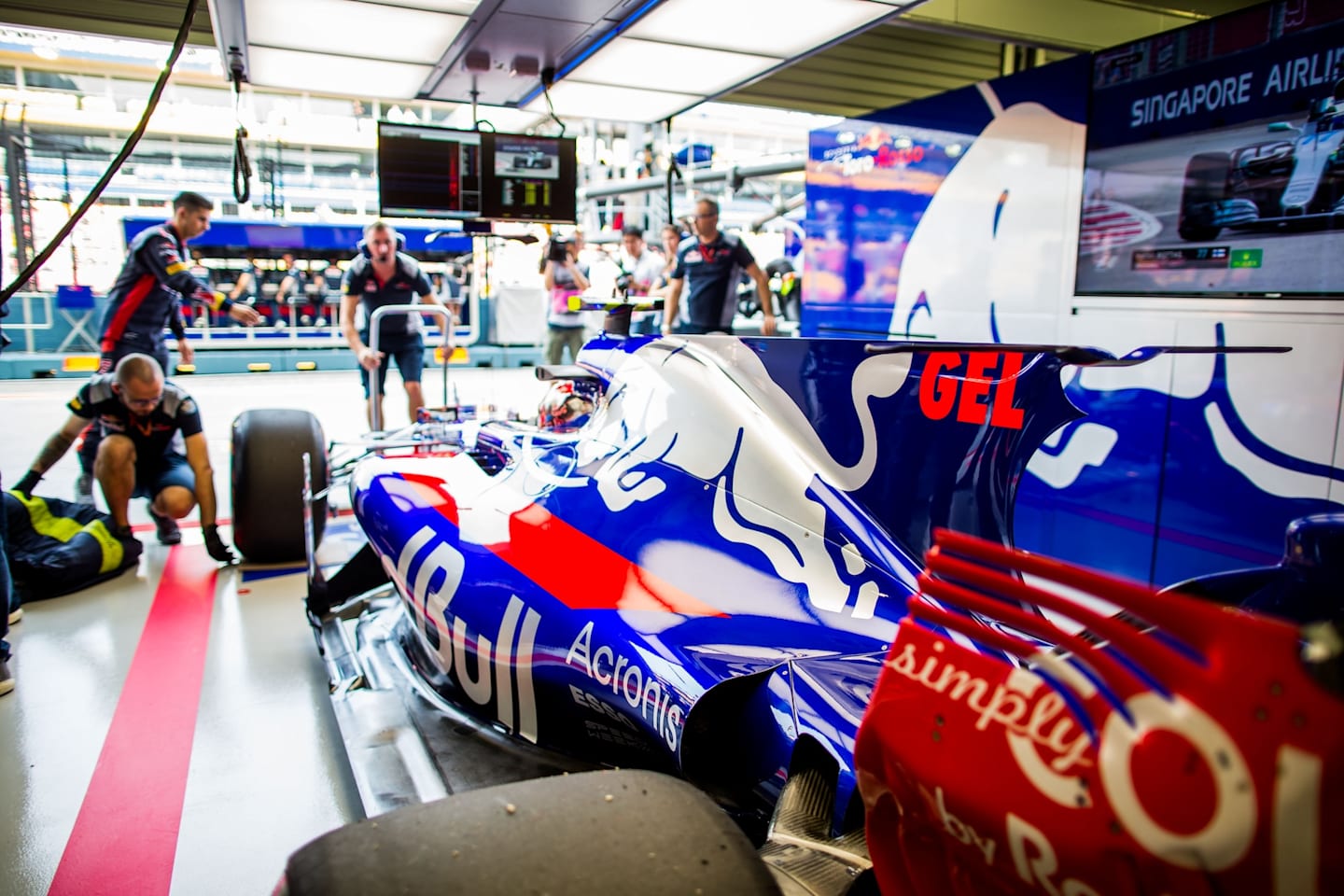
Sean Gelael prepares to leave the Toro Rosso garage during practice for the Singapore Grand Prix
Artem Markelov – Renault, 2018
Artem Markelov emerged as something of a cult hero, courtesy of his canny ability to pull off daring and dazzling overtakes – though that wild style occasionally had its drawbacks. After a slow start in GP2 Markelov won five races in the rebranded Formula 2 championship in 2017, finishing runner-up to Charles Leclerc.
Renault recruited the Russian to their driver development programme and in 2018 he participated in FP1 on home soil at Sochi, lining up next to Nico Hulkenberg. But by that stage Markelov’s star had already waned as he finished only fifth in Formula 2, in a year best remembered for the rise of George Russell, Lando Norris and Alex Albon.
Markelov stayed in Formula 2 until 2020 when he slipped away from the motorsport scene.
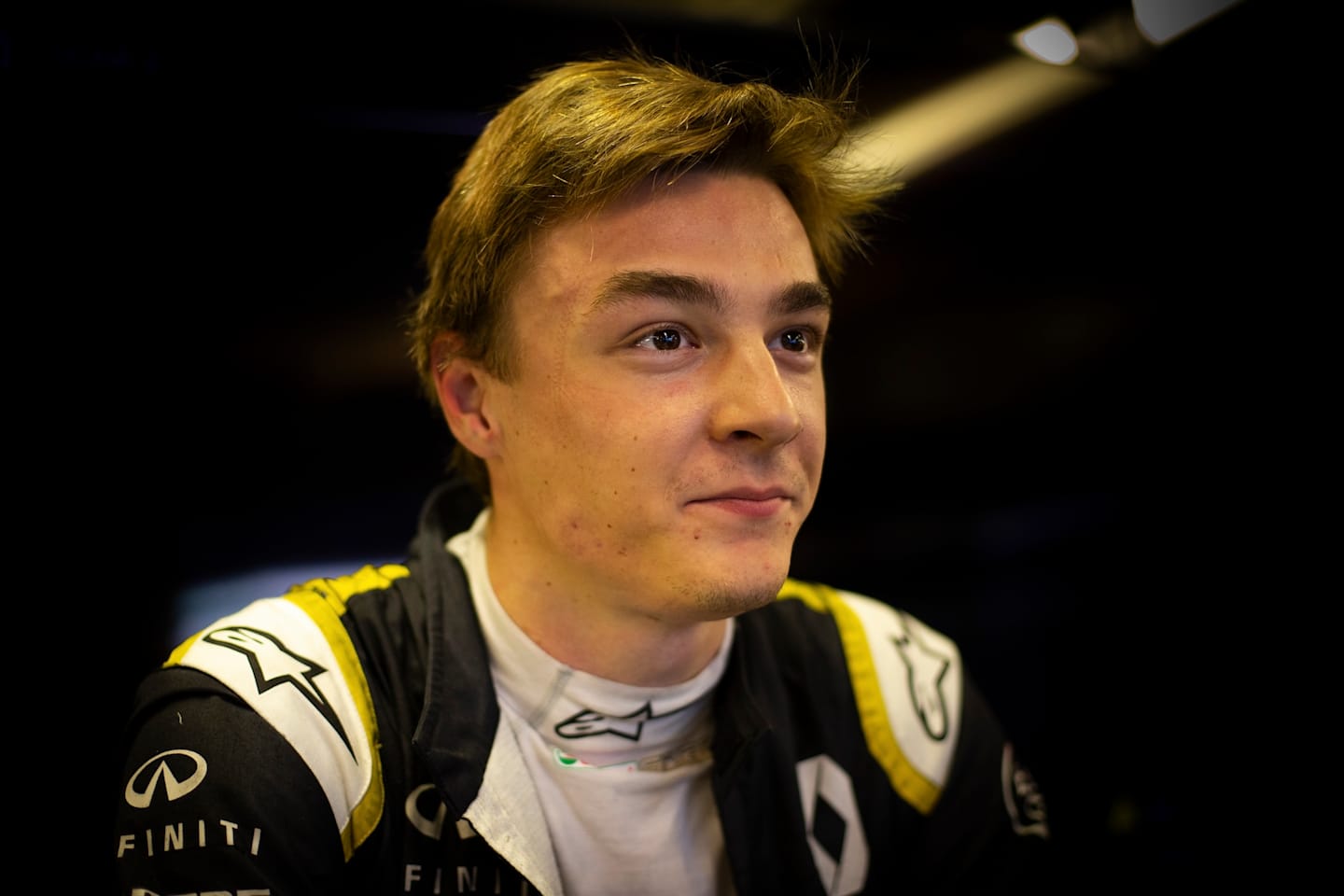
Artem Markelov ran in FP1 in Russia for Renault in 2018
Naoki Yamamoto – Toro Rosso, 2019
Jenson Button partnered Naoki Yamamoto during their title-winning Super GT campaign in 2018, a year in which the Japanese ace also won his second Super Formula title – and Button reckoned he was comfortably fast enough for Formula 1.
The Honda stalwart, by then aged 31, was afforded a chance with Toro Rosso at Suzuka in 2019 and finished within a tenth of a second of regular racer Daniil Kvyat. Yamamoto has continued to compete in his native Japan, adding a second Super GT and third Super Formula title in 2020, before stepping away from the single-seater championship in 2024.
Roy Nissany – Williams, 2020/21
Roy Nissany was a mainstay in the junior single-seater scene for a decade, eventually rising up to Formula 2. His achievements were modest but he landed a test role at Williams, which led to six FP1 sessions across 2020 and 2021.
He was, however, not the first member of his family to make an appearance at a Grand Prix weekend – his father, Chanoch, got behind the wheel for the ailing Minardi team on his 42nd birthday in Hungary in 2005. It was a fairly inauspicious experience as Nissany Sr finished almost 13 seconds off the pace, six seconds down on the next-worst driver, and spun off.
Spanish Grand Prix FP1: Nissany spins after lock-up
Alex Palou – McLaren, 2022
Alex Palou and Lando Norris were briefly Formula 2 team mates in 2017, and five years later shared the McLaren garage for FP1 in Austin. Palou was already an IndyCar Series champion, having taken the category by storm from the outset in 2020.
He joined McLaren’s program and fulfilled one of the team’s rookie sessions at COTA, but with the team having signed Oscar Piastri to partner Norris from 2023, Palou’s already slender Formula 1 hopes had vanished.
After initially intending to join McLaren’s IndyCar operation he instead re-committed to Chip Ganassi Racing, kick-starting a lengthy dispute with McLaren. It hasn’t exactly slowed Palou down, who added IndyCar crowns in 2023 and 2024 to seal his place among the greats.
READ NEXT: 5 things to be excited about as F1 gears up for the 2025 season
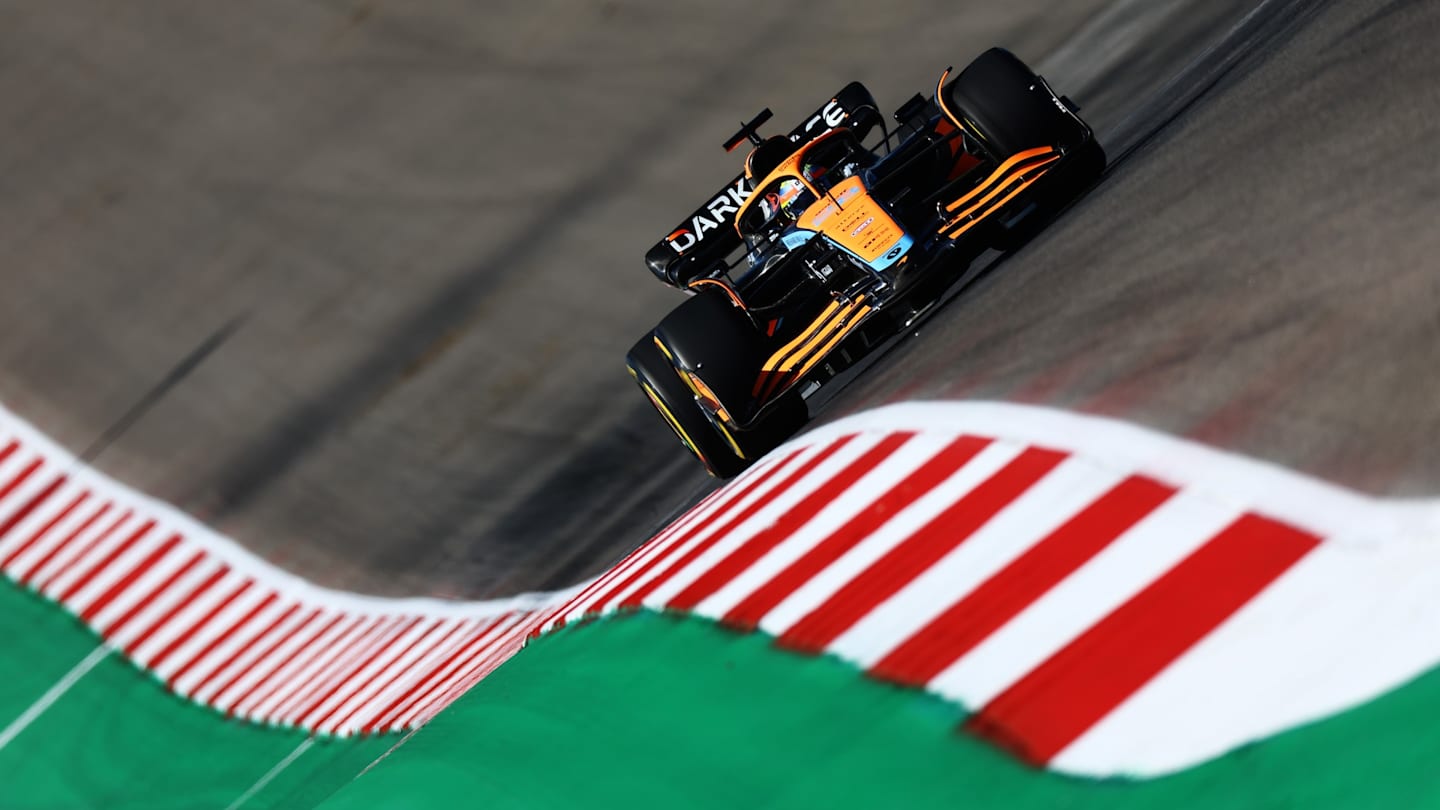
Alex Palou driving the McLaren MCL36 Mercedes on track during practice ahead of the US Grand Prix at the Circuit of The Americas in 2022
DISCOVER MORE...
EXPLAINED: Everything you need to know about the Spanish Grand Prix front wing Technical Directive
5 must-see moments from the new 'F1: The Academy' Netflix show
F1 25 out now – with 'F1' movie integration and the return of ‘Braking Point’ story mode
GREATEST RACES #23: An F1 title decided by just half a point – 1984 Portuguese Grand Prix
YOU MIGHT ALSO LIKE
Live Blog AS IT HAPPENED: Follow all the action from first practice for the Spanish Grand Prix
News Horner pledges ‘100% commitment’ to Red Bull amid rumours of Ferrari approach for team boss role
News ‘Not fun’ – Hamilton frustrated by tough Barcelona Friday as he vows Ferrari will ‘keep trying’ to solve issues
Report FP2: Piastri tops the timesheets ahead of Russell and Verstappen during second practice in Spain
